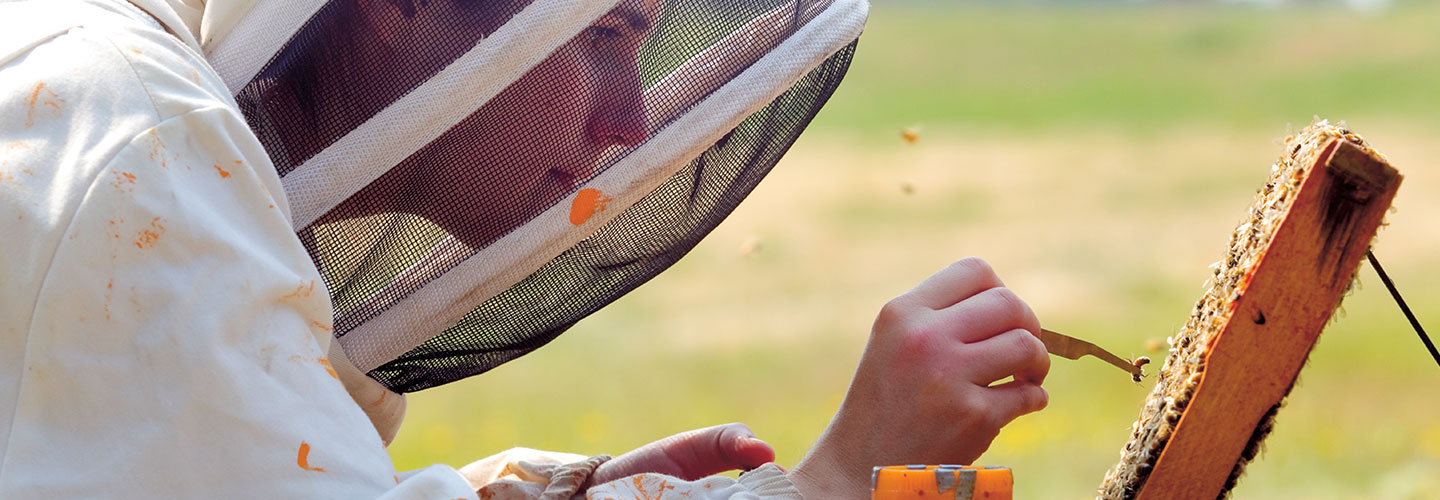Honeybees are tiny pollinators that help farmers grow all kinds of produce. Without the insects, many flowering plants couldn’t make seeds, nuts, or fruit. We’ve been losing bees since the 1950s because of parasites, pesticides, and loss of habitat.
Beginning a decade ago a mysterious phenomenon left up to 90 percent of U.S. beehives empty. Worker bees—which do everything for the colony but lay eggs—began leaving home for no known reason. Without them, the queens and the young starved. This led to the demise of many hives. Scientists named the phenomenon colony collapse disorder, or CCD.
Honeybees are tiny pollinators that help farmers grow all kinds of food. Flowering plants need the insects to make seeds, nuts, and fruits. But we’ve been losing bees since the 1950s. Parasites, pesticides, and loss of habitat have caused their populations to drop.
A mysterious phenomenon started a decade ago. It left up to 90 percent of U.S. beehives empty. Worker bees left home for no known reason. This type of bee does everything for the colony but lay eggs. Without them, the queens and the young starved. This led to the death of many hives. Scientists named the phenomenon colony collapse disorder, or CCD.

